Don’t you ever wish that skin care was just … simple? I often feel overwhelmed with the sheer number of skincare products on the market, not to mention the innumerable ingredients they can contain. And while I’ve always seen value in a gentle, minimalist approach to skincare, I’ve never really put it into action for myself.
I recently finished reading This Is Your Brain on Parasites: How Tiny Creatures Manipulate our Behaviour and Shape Society by Kathleen McAuliffe, which completely changed how I view bacteria and other microorganisms. Shortly after, I came across the idea of putting bacteria on my skin to treat skin issues – even acne. The potential for these products to actually work was just too tantalizing for me to pass up.
probiotics in skincare
The study of probiotics (especially in skincare) is a very young field. Studies have shown that reducing the diversity and balance of the microbes on our skin can negatively impact our health and our inflammatory system’s ability to react. But topical application of probiotics back into the skin’s microbiome has been shown to inhibit acne-causing bacteria, and to improve the skin’s barrier and defence functions. Clinical trials have even seen dramatic reductions in acne (up to 50% improvement!) compared with placebos.
Clearly there’s some potential here. Maybe it’s my biased beliefs about the therapeutic potential of microorganisms, or maybe it’s my FOMO, but either way I knew I had to try putting bacteria on my skin.
the product: motherdirt ao + mist
The product I chose to increase the bacteria on my skin is MotherDirt AO+ Mist. There are some other
probiotic products on the market, but unlike many other brands, this one has very few ingredients, is one of the only vegan options, and is surprisingly one of the cheaper options, as well. At $49 (plus $30 for shipping and $20 for duties and taxes), it’s hard to believe this is an affordable option – but in the realm of skincare products that have active ingredients, it isn’t so expensive after all.
The Mist contains no fragrance, sulfates, parabens, phthalates or preservatives, either, so it has high appeal for people with sensitive skin and those who are skincare conscious. The company is also environmentally-conscious, with many safety certifications. The money-back guarantee just seals the deal. The company website has answers to pretty much every question you could have – including which products you should start with, complete product transparency, etc.
While the company’s other products don’t contain live bacteria, they are gently formulated to contain ingredients that support the bacteria on the skin (again, ideal ingredients for sensitive skin).

what the product promises
What I really like about this company is its simplicity. The company makes very few, and very realistic promises. The promises of the Mist are: “improved [skin] texture and appearance, [the ability to] cut down on products and chemicals [and to] restore balance to all skin types”. They specifically state that the Mist is not to be considered a cure for anything – all they strive for with their customers is a healthier, more balanced complexion. That seems like a realistic and achievable goal to me, which is not common with most skincare products that make wildly inflated claims.
Beyond its superficial promises, the product promises to work by restoring the natural balance of bacteria to the skin. The skin’s microbiome is not static – it changes frequently and constantly, the product of microorganisms competing, human physiology and other unique variables. Antibiotic use, over-cleansing and sterilizing can all lead to a loss of beneficial bacteria, which results in the skin’s inhibited ability to suppress potential irritants and pathogens. However, when beneficial bacteria are reintroduced, the balance is restored, and the skin is able to function optimally again.
That’s all that the product really claims to do. Maybe not a strong marketing strategy, but definitely an honest approach. Since their claims are all backed by evidence, and are far from extraordinary, I think it’s safe to say that the benefits of putting bacteria on my skin could be quite plausible.
the (unscientific) experiment
As you can see, I started off with a pretty clear complexion. I have been using benzoyl peroxide (BP) for several months, and it has done wonders for my acne. My skin was the clearest it had been in a long time, so moving forward this was really a test to see how this product would stack up against my BP.
Rather than shocking my skin by ditching my entire routine, I decided to just swap out my benzoyl peroxide for the Mist (disruption of skin barrier function is a known side effect of acne medications like BP, so I hoped the Mist would work to repair that damage).
Everything else in my routine remained pretty much the same. I still cleansed nightly, and wiped my face clean every morning and night with a damp MakeupEraser. I used SPF daily, moisturizer and hydrating serums as needed, and spot treatments only as needed.
My predictions? To be honest, I was reluctant to change anything about my routine at all. The BP had been so monumental in clearing my acne that I was anticipating a bad breakout within the first few days.
the results
DAY 1
The first morning after use isn’t a great indicator of how the rest of treatment will go, but I was pretty excited to wake up to a bright and consistent complexion. My skin didn’t feel dry at all throughout the day, although I was still super nervous about breaking out.
DAY 3
Skin still looking really good at this point; a few old pimples were still lingering around but were healing nicely, as well as a bit of minor flaking around my mouth (my hormonal acne area). At day 3, I was already impressed that I hadn’t gotten any new pimples. When I failed to use my BP three days in a row in the past I had developed new pimples fairly quickly. I guess I didn’t believe the Mist had the potential to actually treat/deter my acne. Imagine how surprised I was that putting bacteria on my skin could make it feel so good!
DAY 6
A few small, atypical pimples (typical in location, not in size) popped up, but went away quickly and without a fuss with some tea tree oil spot treatment. Overall, my skin felt more “normal” than it had in a long time. It wasn’t super dry or super oily, it was consistent in colour, and was not itchy like it usually is. Even though there are some new pimples, I suspect they were due to increased stress and poor dietary choices during that time.
DAY 9
Skin still feels really good overall, although my skin is oilier and there are more pimples than I would usually have with BP (although less than I usually have without the BP). The pimples aren’t as big and painful as usual, and don’t seem to last very long. I’m noticing more pimples in the oily areas of my T-zone rather than just in the hormonal chin area, which is interesting. Because my skin has gotten oilier, I started using blotting papers to remedy this newly amped-up oil production and it’s been doing well to keep the pimples in these areas away.
DAY 12
While my skin is much oilier than it is on BP, it’s no oilier than my skin before BP. I’m beginning to wonder if my skin is trying to find balance. While my skin still feels great, I’m also beginning to wonder if I’m actually liking the product, or I’m just liking my skin not on BP.
DAY 19
I’ll be honest, I’m a little baffled. I haven’t used benzoyl peroxide in 19 days and yet I have only had a handful of small pimples (which I’ve attributed to eating lots of junk food and being super stressed during that time). Since then, my skin has remained really clear and … tame. Which is unusual for my skin and not usually a word I would use to describe it. My skin is still very oily, but it’s been a nice relief from the dryness of the BP, and the blotting papers really help to keep me shine-free. Even though the oiliness may make my pores look bigger, I’m enjoying the dewiness my skin has been missing.
My skin has overall felt less sensitive, dehydrated, tight, and dry. Although my overall skin tone may not be as consistent and spotless, my skin does feel more resilient and less irritated.
DAY 30
The results weren’t as ground-breaking as I had hoped they’d be, but I can’t say that I’m disappointed in the product or that I regret using bacteria on my skin – it makes my skin feel pretty dang awesome, although it isn’t helping to control my skin’s oil as much as I’d like.
I’m still getting some breakouts, so I’ll be reintroducing my benzoyl peroxide (and some other products) back into my routine, but as far as the MotherDirt AO+ Mist goes … I’ll be keeping it as a part of my regular routine as the last step. I do believe it has done good things for my skin.
Overall, my skin doesn’t look much different than it did at the start, but it certainly feels different.
Has my skin changed so drastically that my before/after pictures will knock you off your chair? No, definitely not. The changes, I’ll admit, have been visibly small – but in terms of what counts, how my skin feels and (re)acts, the improvements have been vast. My skin hasn’t felt this balanced, and normal, and just like my own plain old skin in a long time.
My skin went from tired, dehydrated, and dull *feeling (although looking consistent and clear), to feeling bright, nourished and healthy (although maybe looking a little less consistent and clear). This tells me two things: 1. That restoring the balance of healthy bacteria to our skin has the potential to reinforce our skin’s natural barriers, and 2. That skincare really should be about how your products make your skin feel, not necessarily just how they make your skin look.
Old habits die hard, and if you already have a complex routine, these products might not fit so well. But if you’re a forward-thinking, eager go-getter who likes a challenge and trying new things, then this might be for you. Personally, I’m excited to use this as a regular part of my routine.
Do you think you’ll hop on the probiotic bandwagon and put bacteria on your skin?

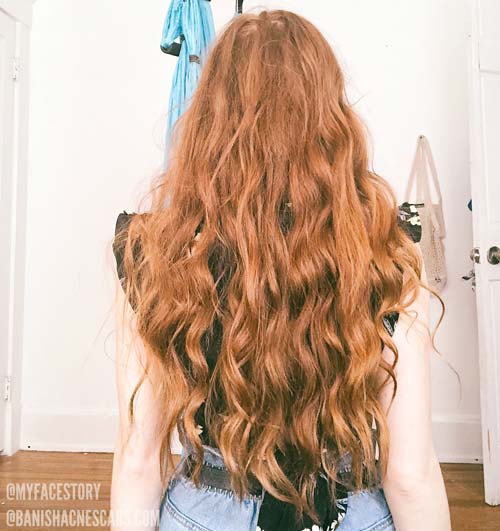
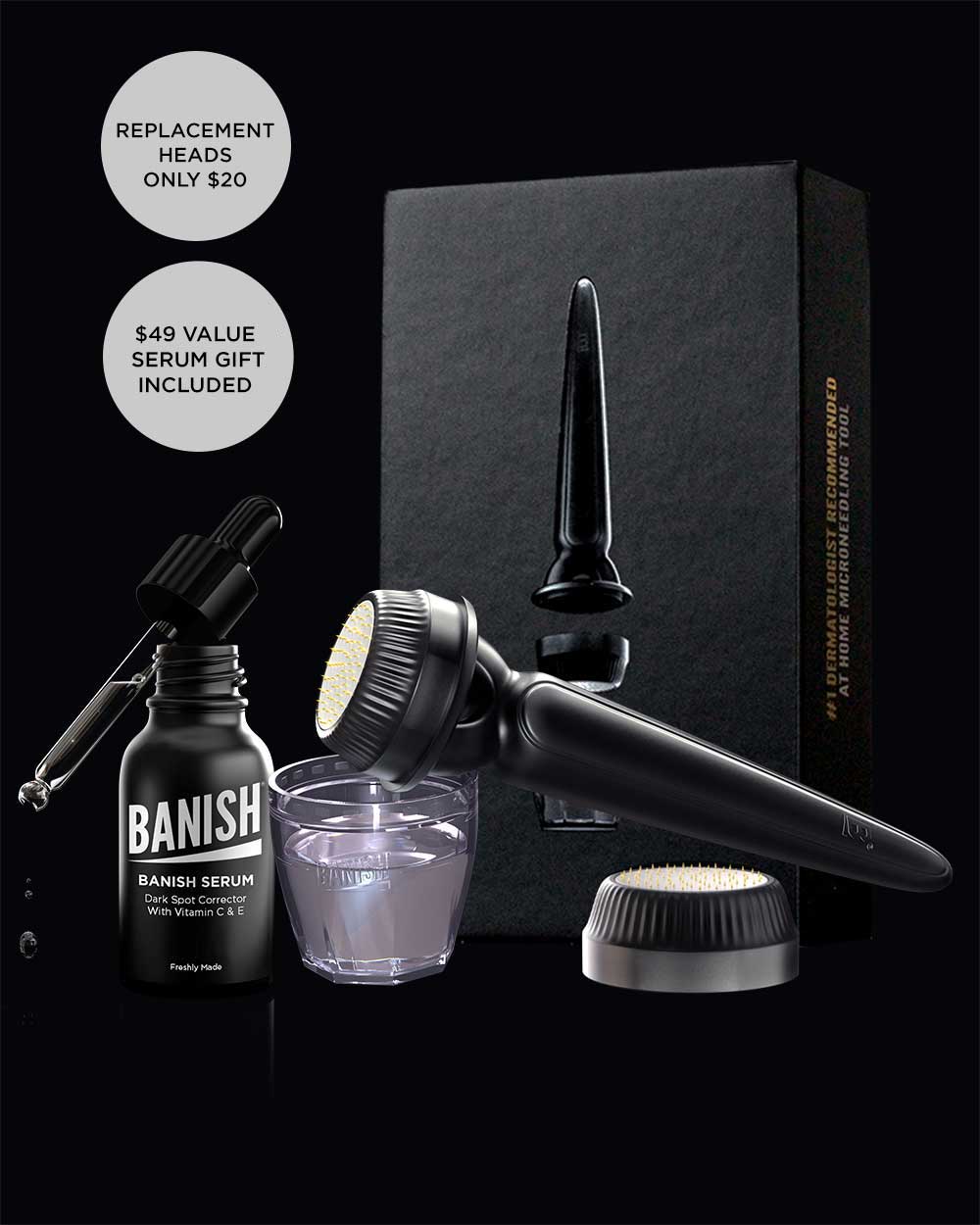
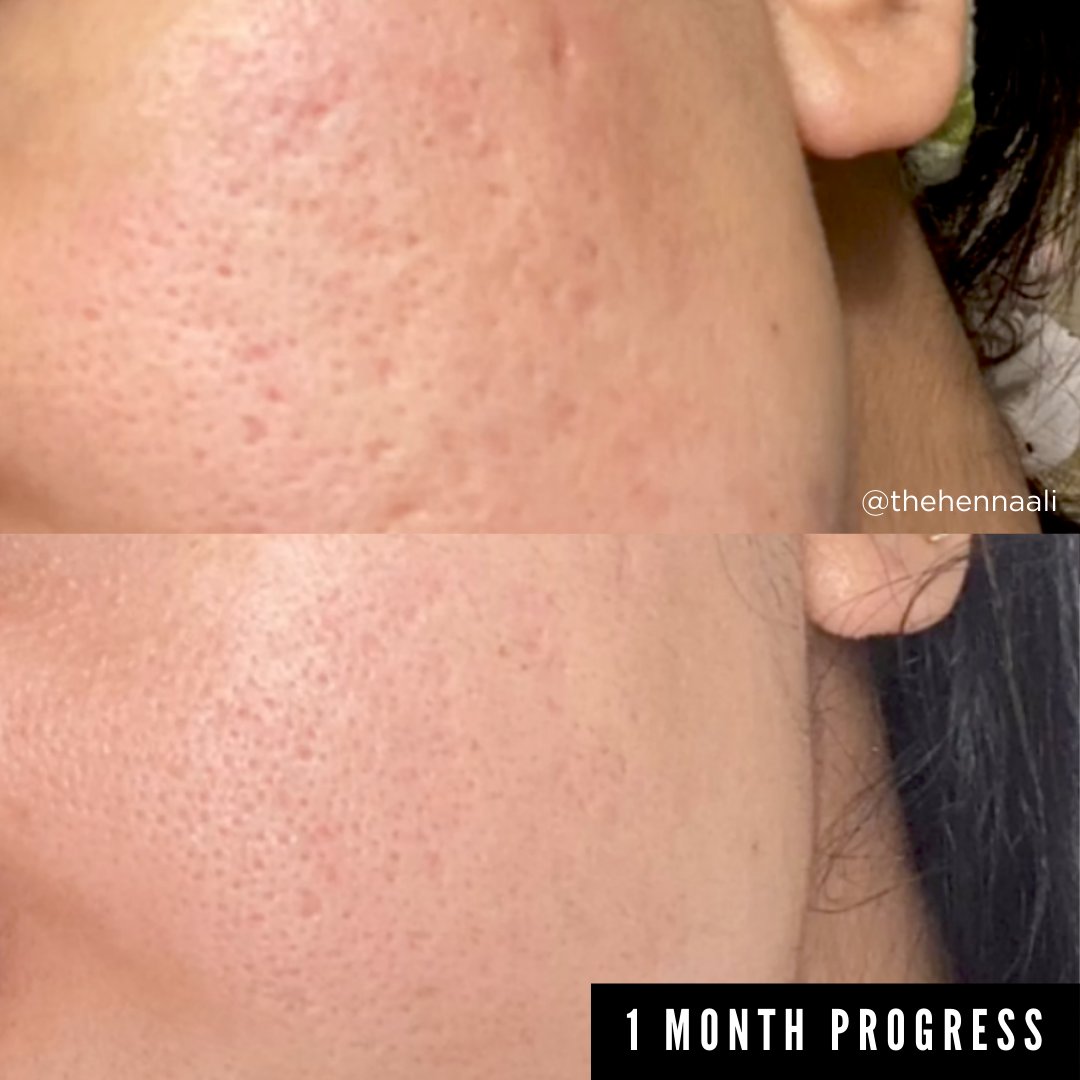
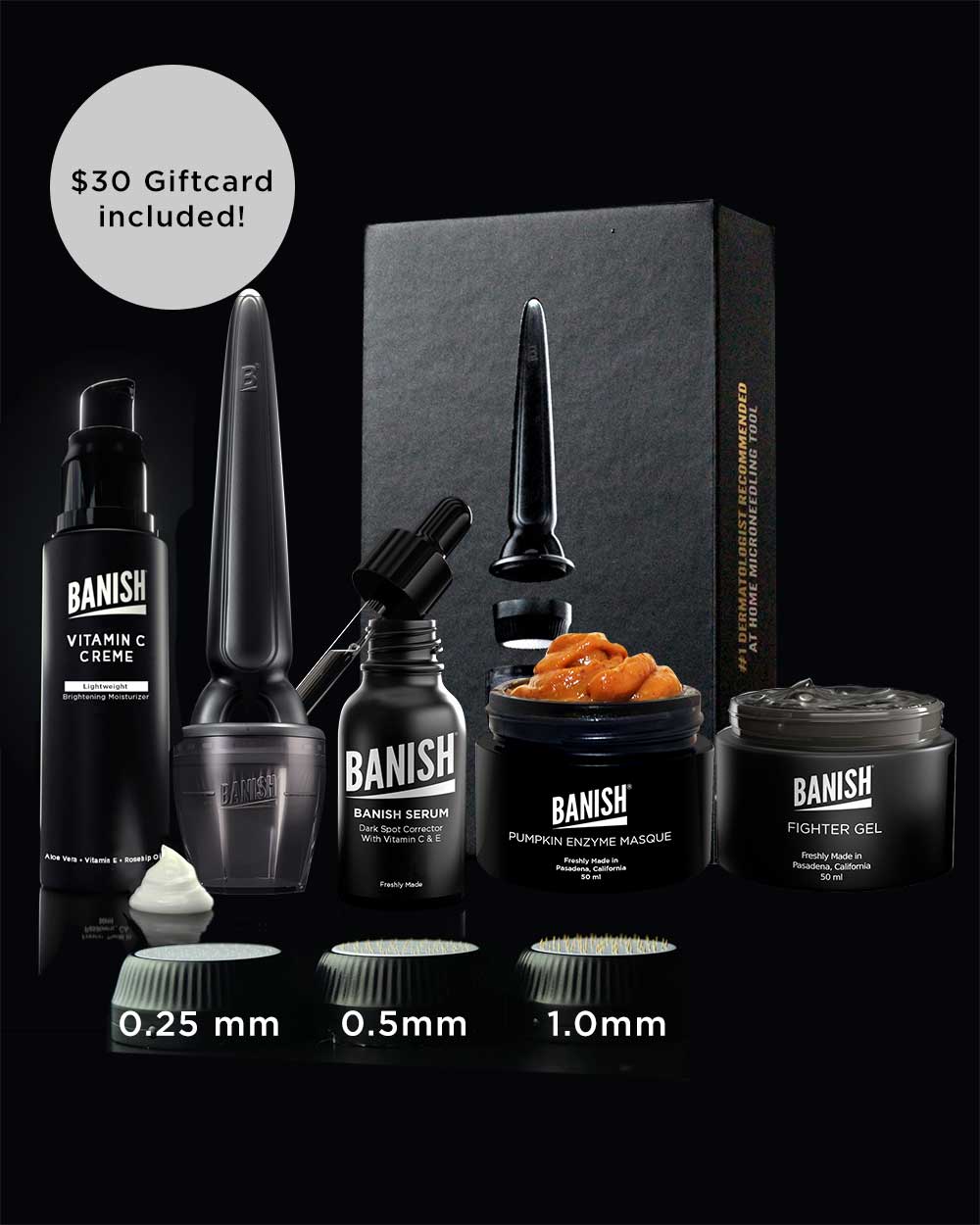
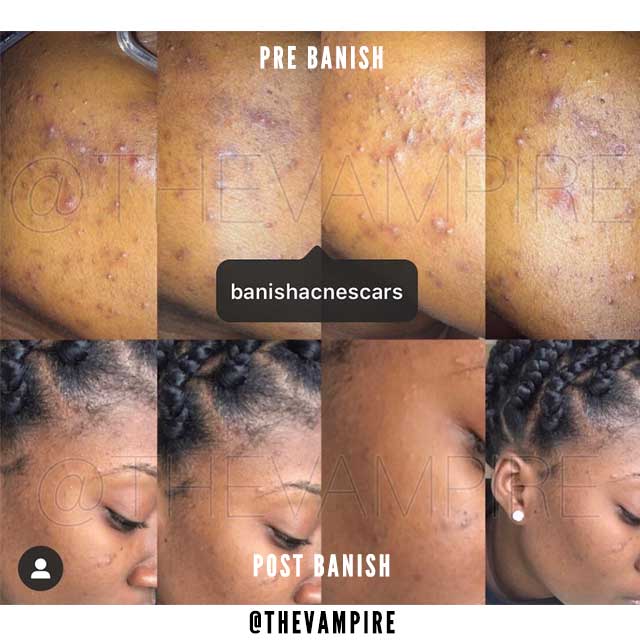
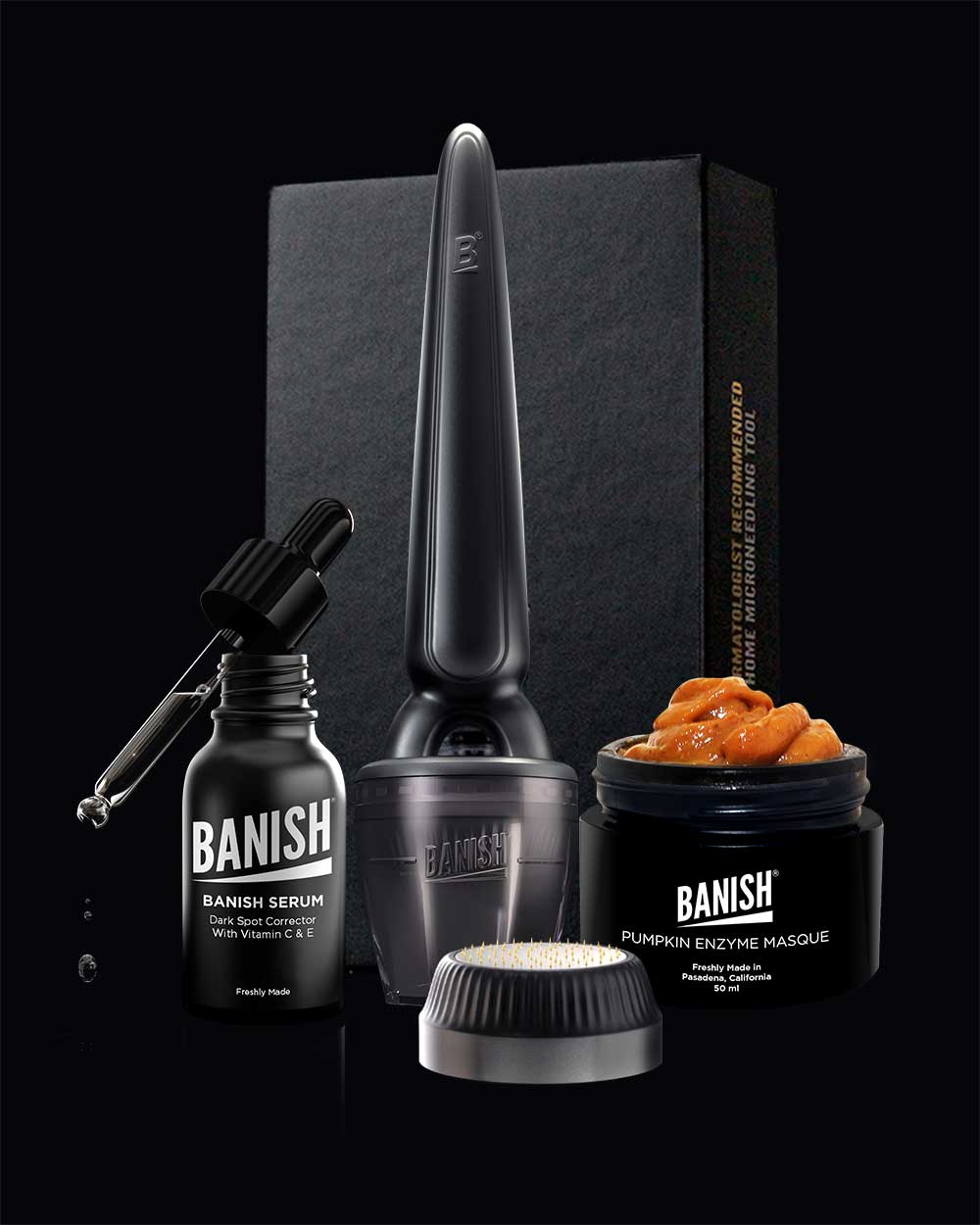
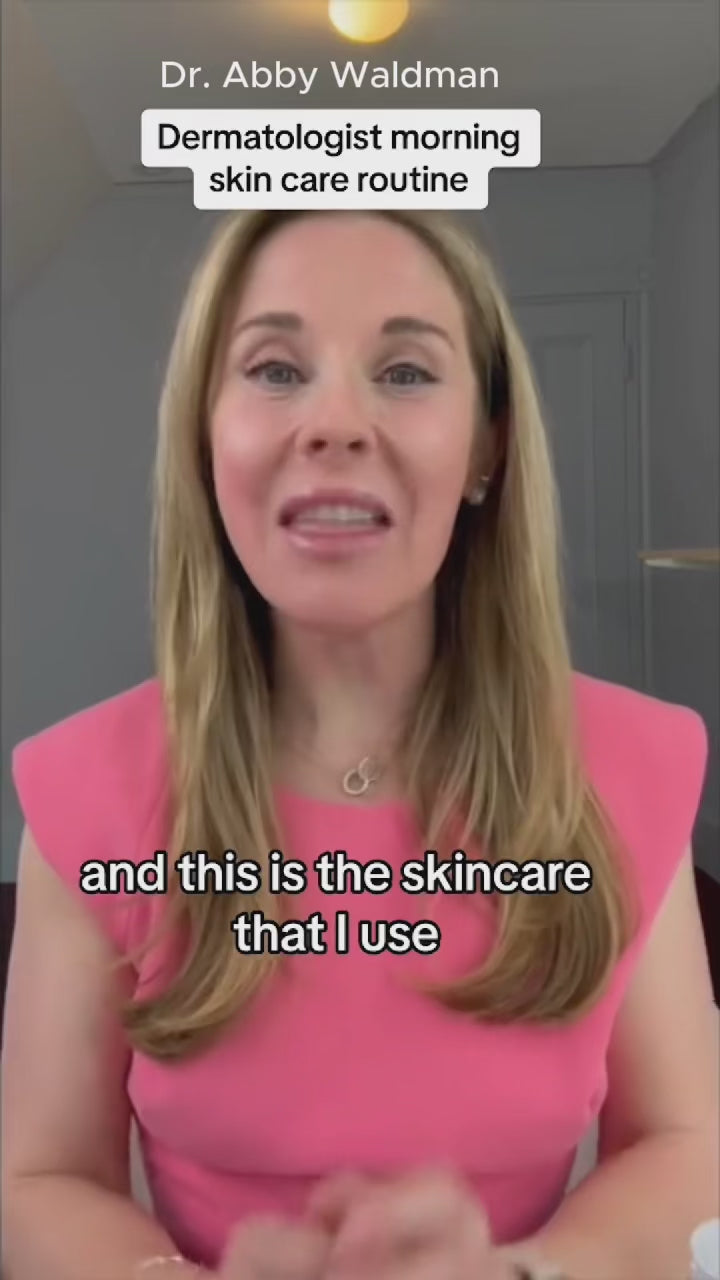
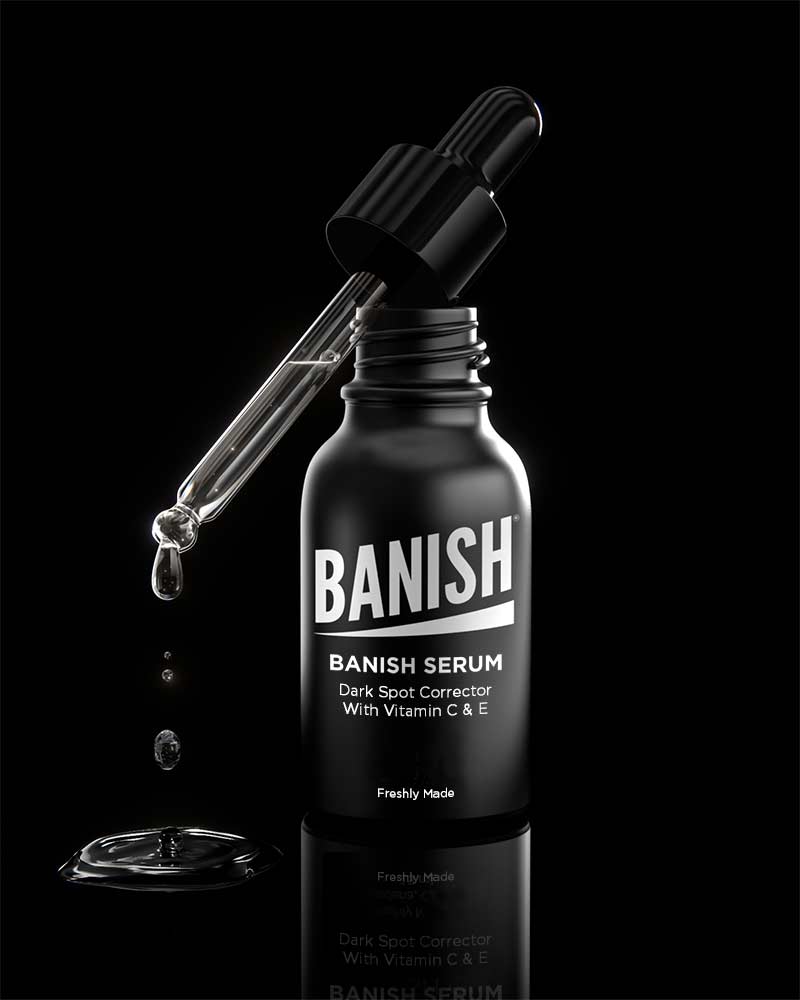
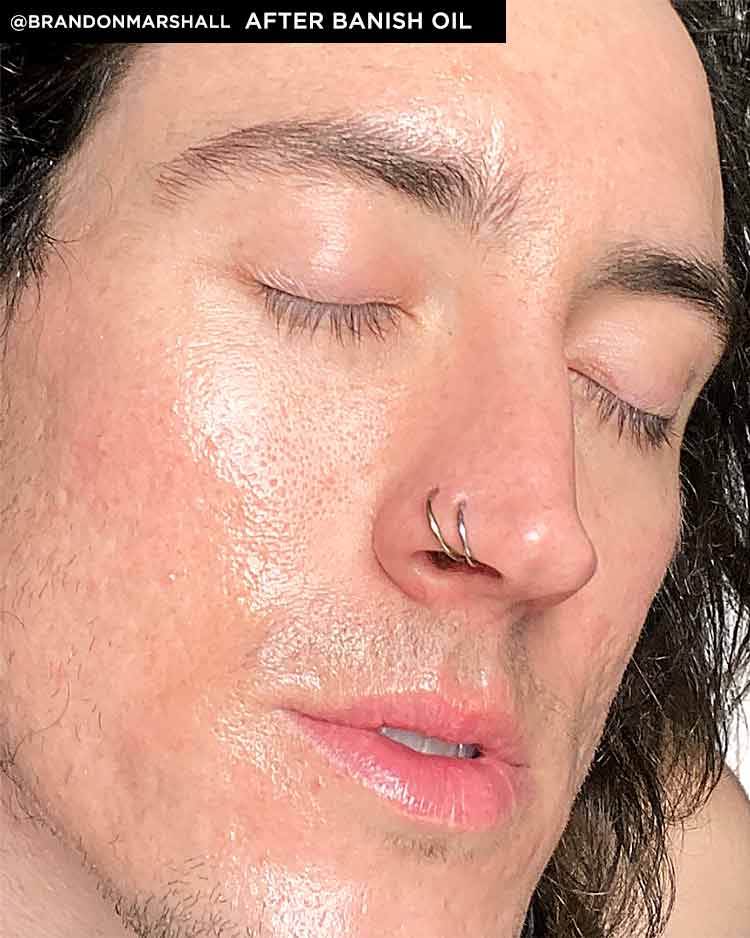
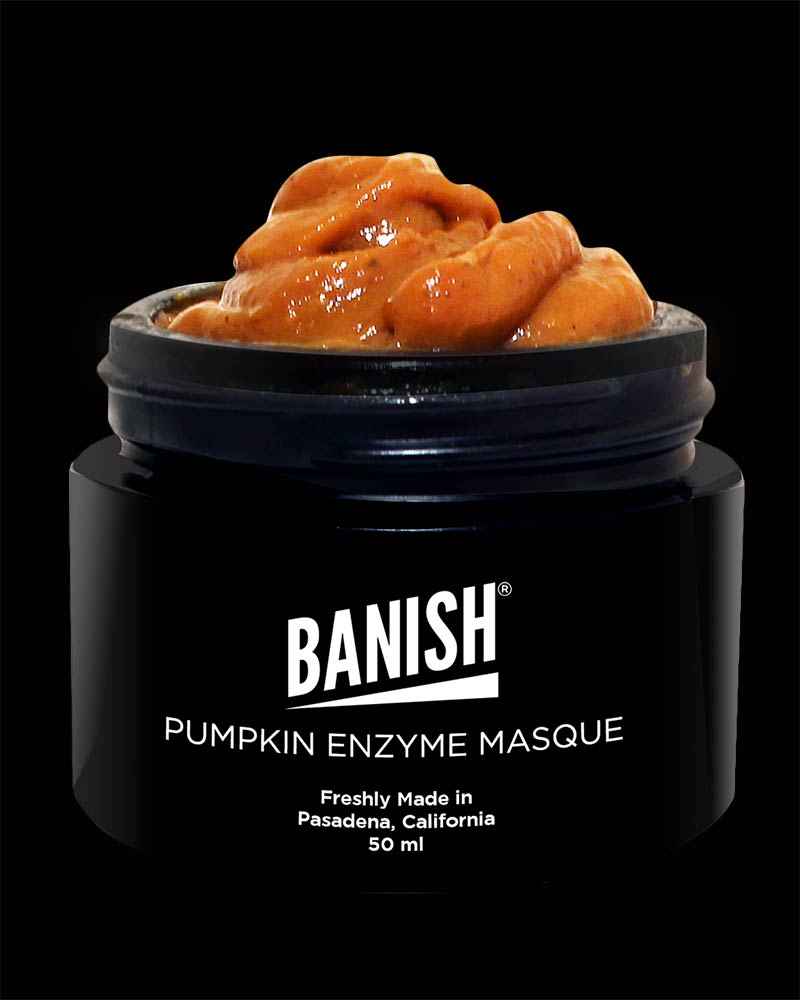
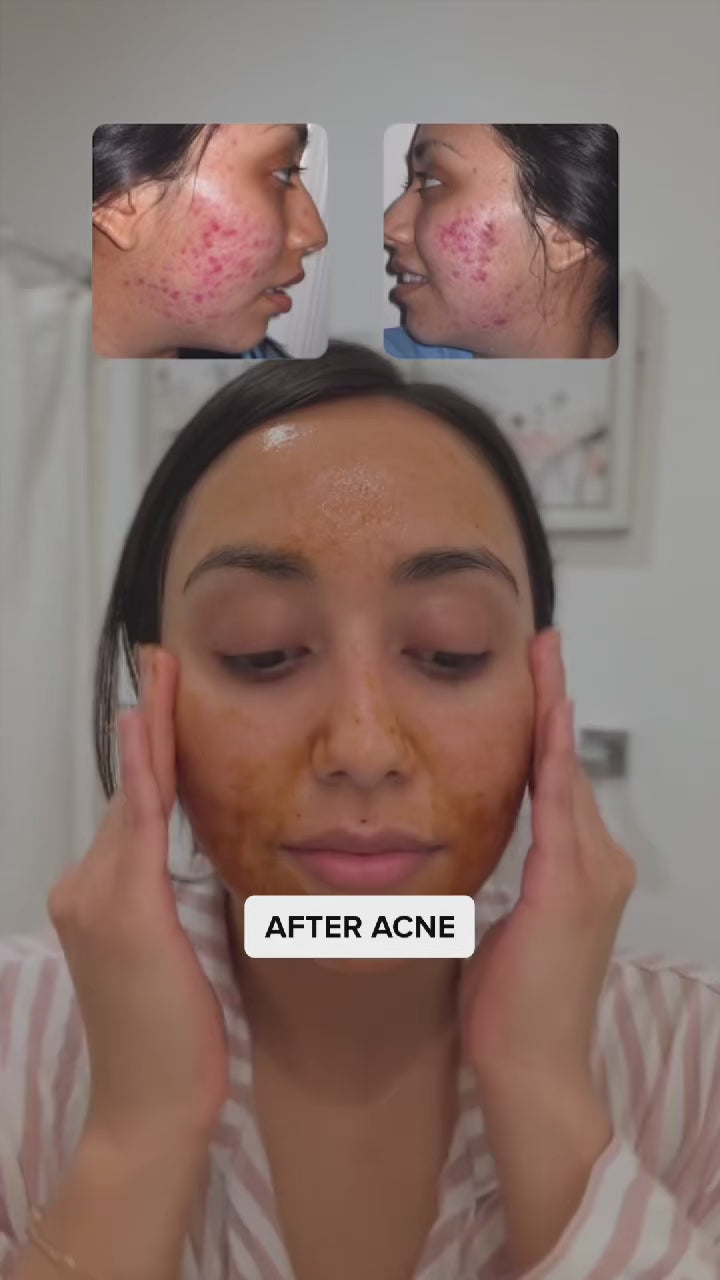
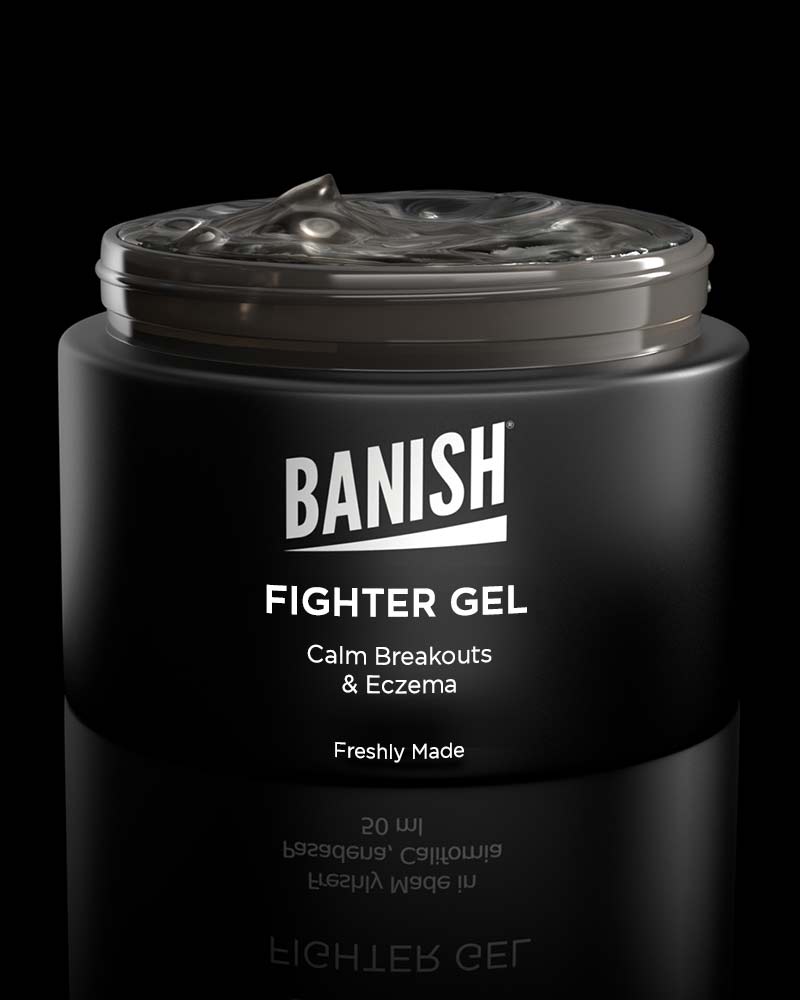
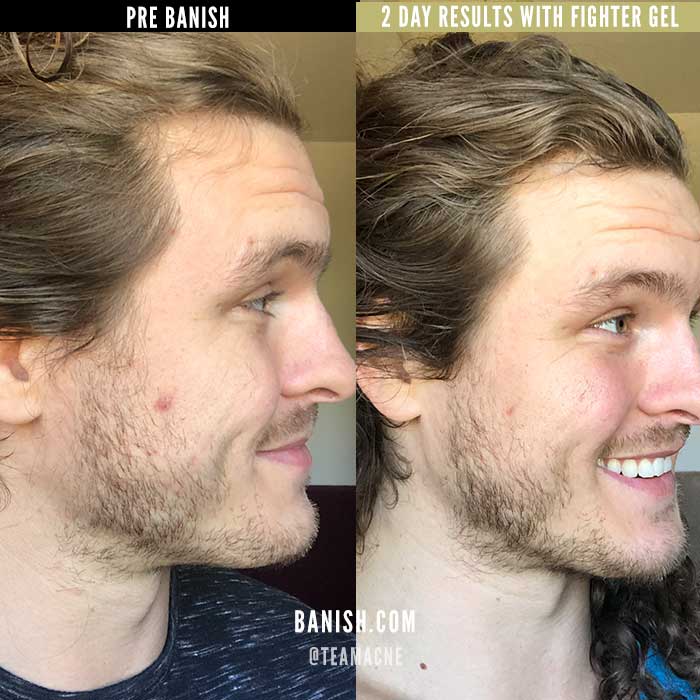
Leave a comment
All comments are moderated before being published.
This site is protected by hCaptcha and the hCaptcha Privacy Policy and Terms of Service apply.